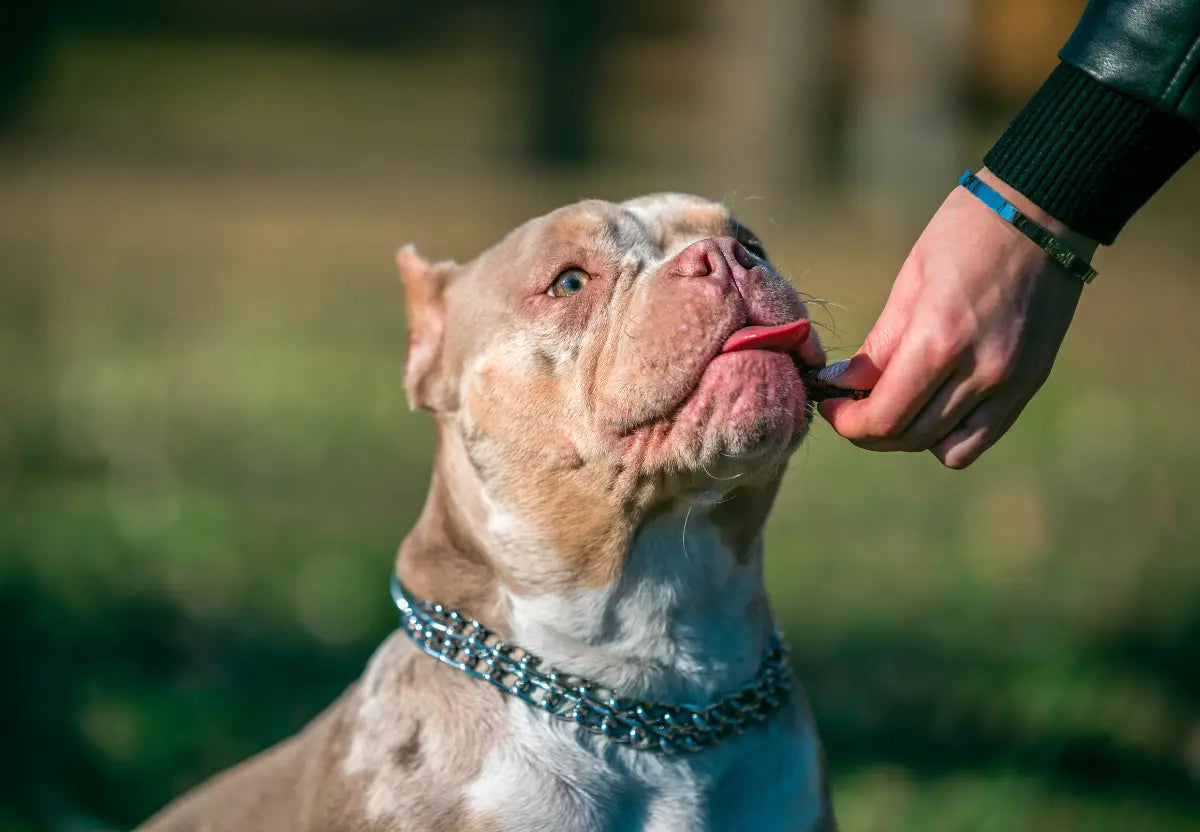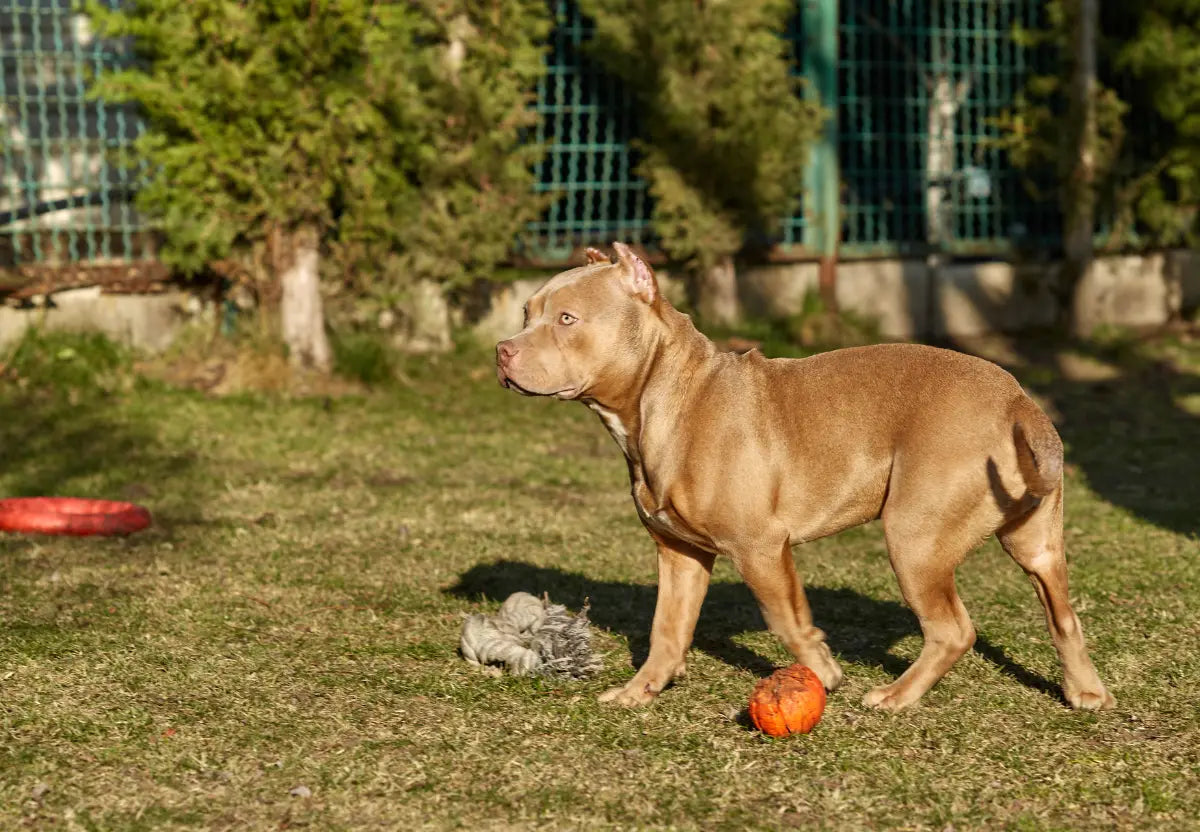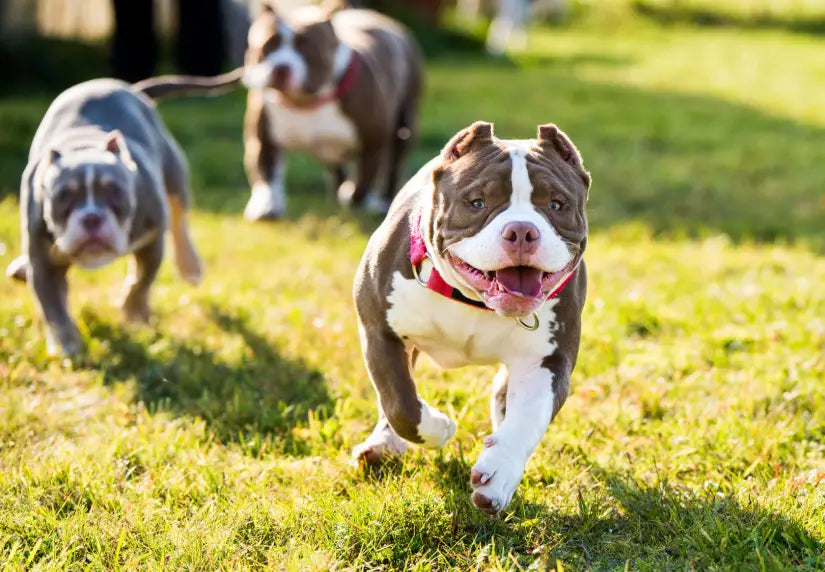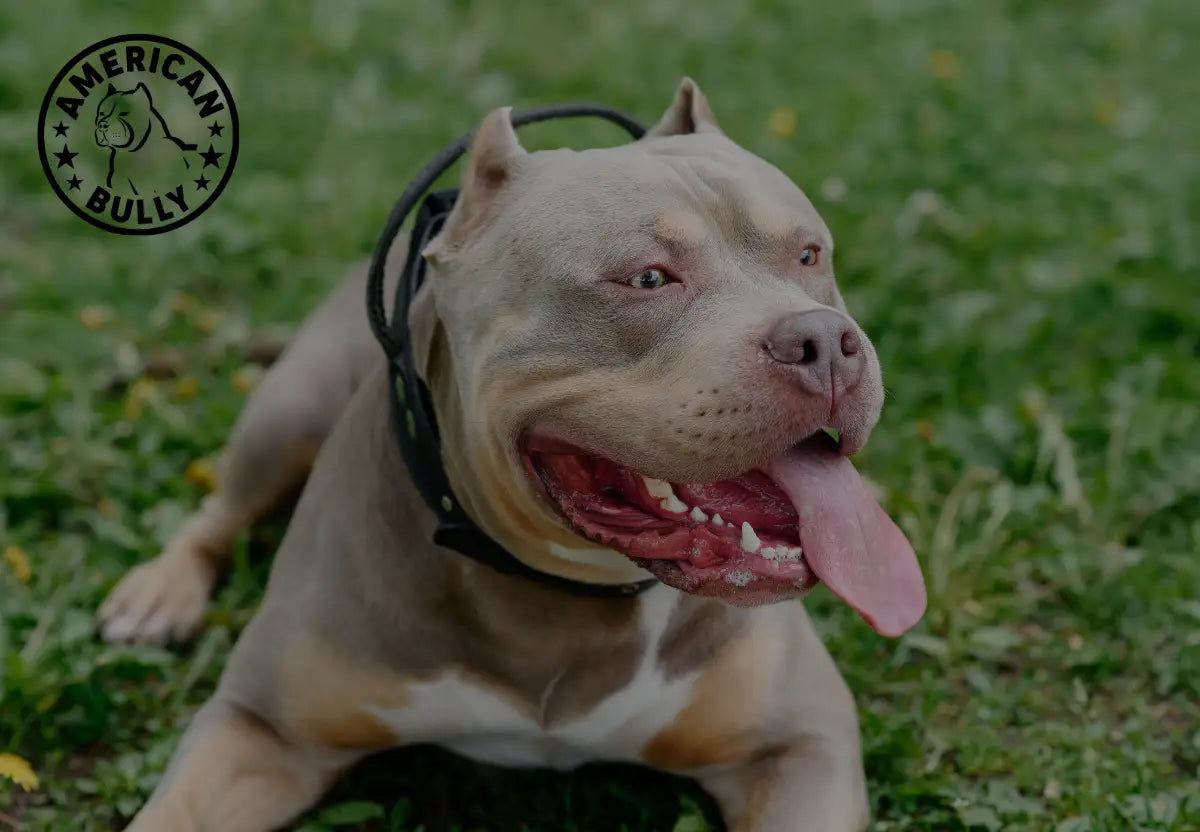The American Bully is a loyal, affectionate, and confident breed known for its muscular build and gentle temperament. Understanding their behavior is key to fostering a strong bond and ensuring a happy, well-adjusted dog. Whether you're a new owner or a seasoned enthusiast, here’s what you need to know about American Bully behavior essentials.
1. Loyal and Affectionate Nature
American Bullies thrive on human companionship. They are often described as "people dogs" because of their deep loyalty and desire to please their owners. This breed loves being part of family activities and forms strong bonds with their household.
-
What to Expect: Your Bully will likely follow you around, seek physical affection, and enjoy cuddling. They are known for their gentle, loving demeanor, especially with children.
-
Tip: Reinforce this bond with positive attention, but set boundaries to prevent over-dependence. Regular playtime and affection strengthen your connection.

2. Confident Yet Gentle Temperament
Despite their intimidating appearance, American Bullies are typically calm and friendly. They exude confidence but are not naturally aggressive. Their temperament makes them excellent family pets when properly trained and socialized.
-
What to Expect: A well-socialized Bully is approachable, friendly with strangers, and gets along with other pets. However, their confidence can sometimes come across as stubbornness.
-
Tip: Early socialization is crucial. Expose your Bully to different people, environments, and animals to ensure they remain well-mannered and adaptable.
3. High Energy and Playfulness
American Bullies are energetic dogs that require regular exercise to stay happy and healthy. Their playful nature makes them great companions for active owners, but without proper outlets, they may develop behavioral issues.
-
What to Expect: Bullies love activities like fetch, tug-of-war, or short runs. They may become bored or destructive if not given enough physical or mental stimulation.
-
Tip: Aim for at least 45-60 minutes of exercise daily. Incorporate puzzle toys, training sessions, or agility exercises to keep their minds engaged.

4. Protective Instincts
While not inherently aggressive, American Bullies have a natural protective streak. They are alert and may act as watchdogs, barking to alert you of strangers or unusual activity.
-
What to Expect: Your Bully may be wary of unfamiliar people or situations but should not display unwarranted aggression if properly trained.
-
Tip: Train your Bully to distinguish between normal and threatening situations. Commands like "stay" or "quiet" can help manage their protective instincts.
5. Trainability and Intelligence
American Bullies are intelligent and eager to please, making them highly trainable. However, their strong-willed nature means they respond best to consistent, positive reinforcement techniques.
-
What to Expect: Bullies pick up commands quickly but may test boundaries if they sense inconsistency. They thrive on structure and clear expectations.
-
Tip: Use treats, praise, and play as rewards during training. Short, frequent sessions work best to keep their attention. Start with basic commands like "sit," "stay," and "come."

6. Potential Behavioral Challenges
Like any breed, American Bullies can develop behavioral issues if their needs are not met. Common challenges include separation anxiety, chewing, or mild stubbornness.
-
What to Expect: Without enough exercise or attention, Bullies may become anxious or destructive. Their strong jaws can make chewing a particular concern.
-
Tip: Provide chew toys, crate train to manage anxiety, and ensure they get enough physical and mental stimulation. Consult a professional trainer if issues persist.
7. Socialization Is Key
Proper socialization shapes an American Bully’s behavior more than almost anything else. Early exposure to various stimuli helps them grow into confident, well-rounded dogs.
-
What to Expect: A poorly socialized Bully may become overly shy or reactive. Well-socialized Bullies are friendly and adaptable.
-
Tip: Start socialization as early as 8 weeks old. Puppy classes, dog parks, and controlled introductions to other dogs are great ways to build their confidence.

Conclusion
The American Bully is a remarkable breed with a heart as big as its muscular frame. By understanding their loyal, playful, and protective nature, you can provide the training, socialization, and care they need to thrive. With the right approach, your American Bully will be a loving, well-behaved companion for years to come.












